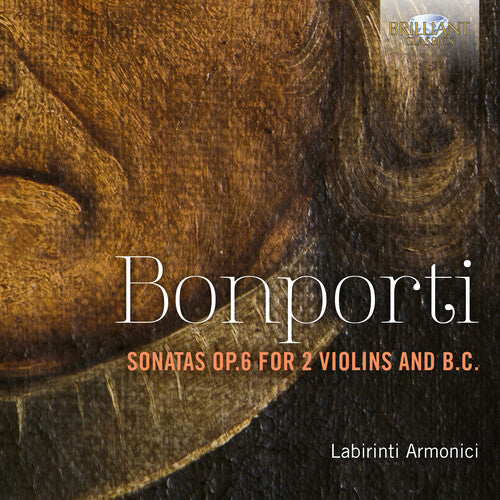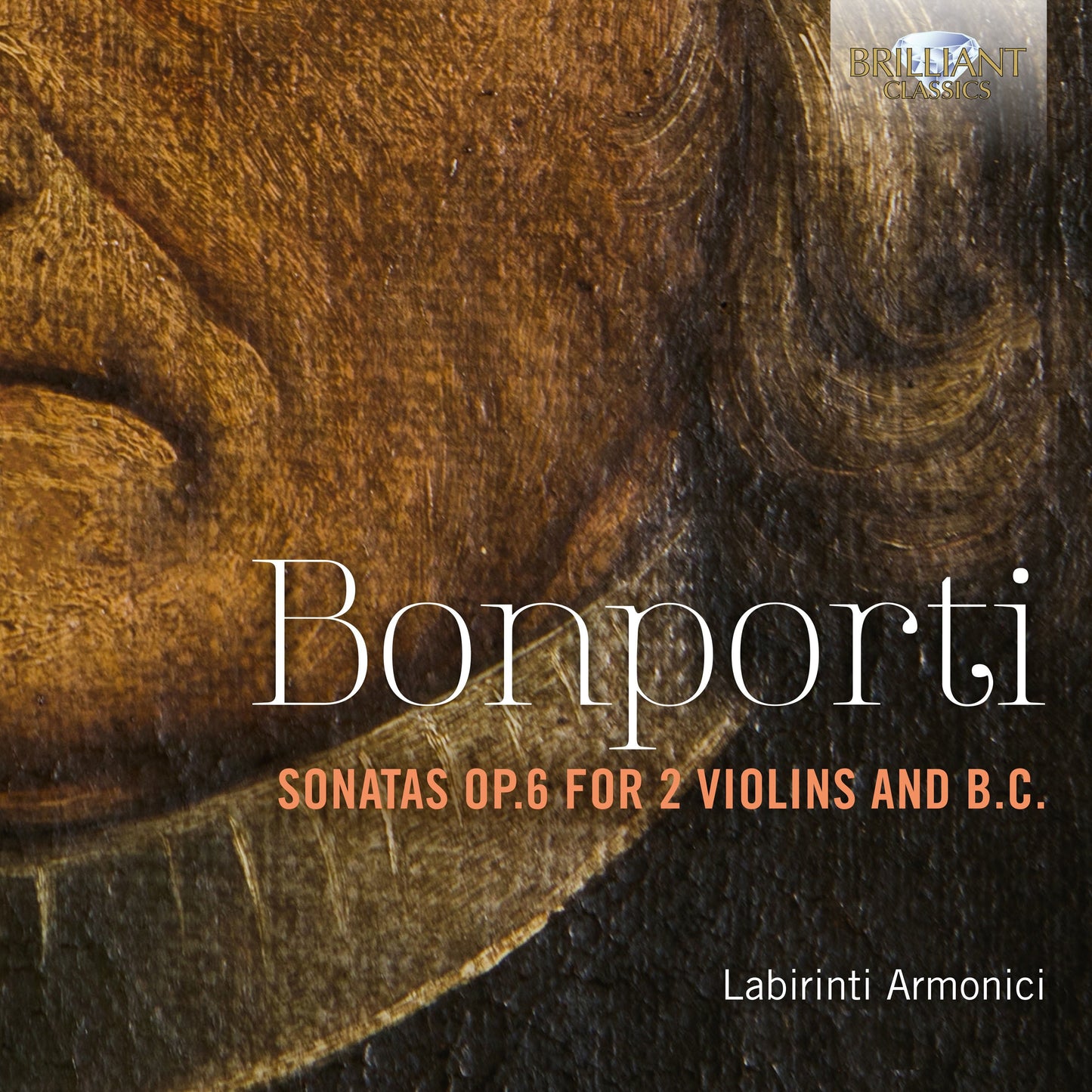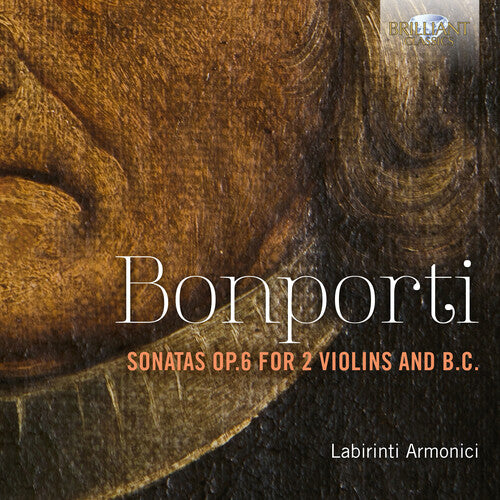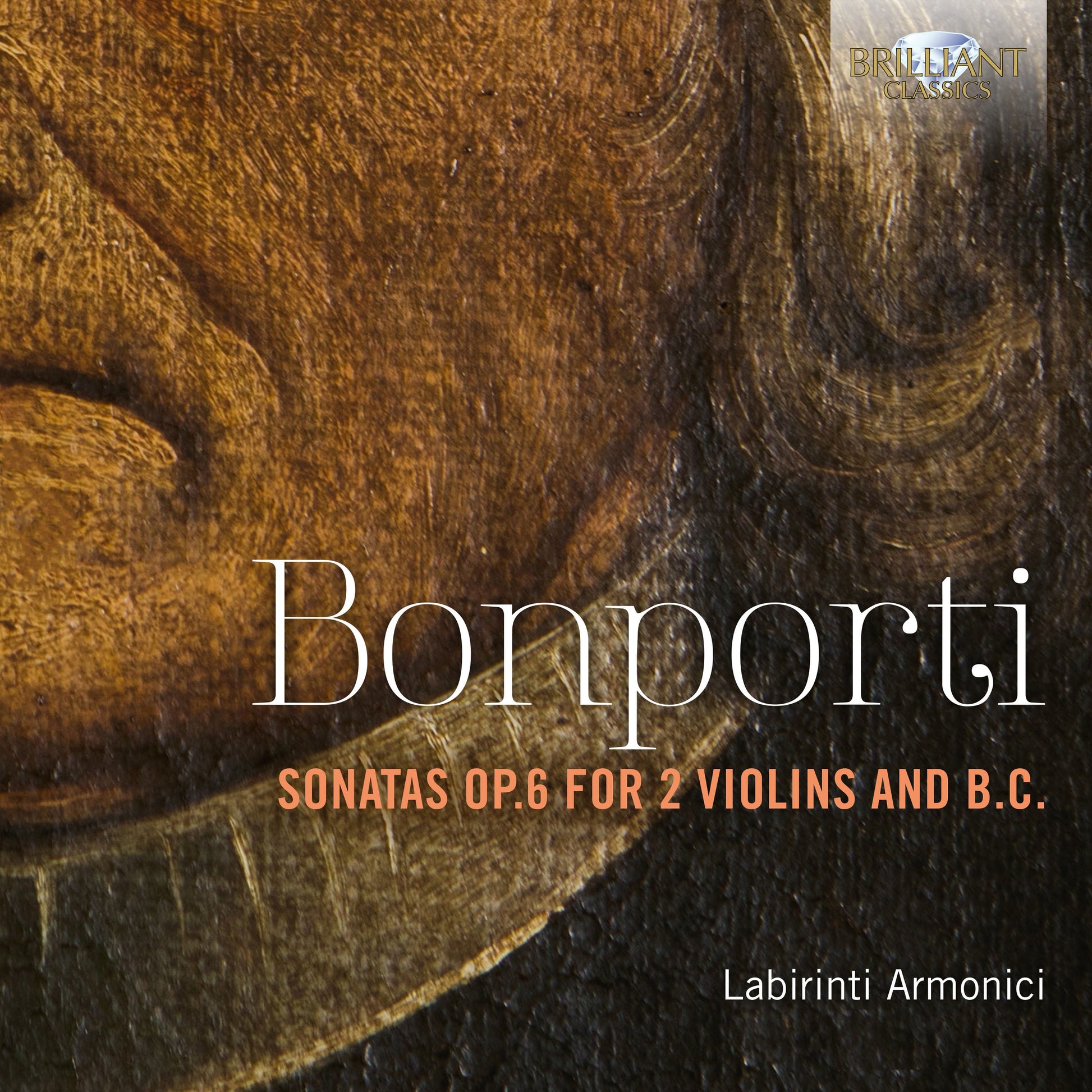Bonporti: Sonatas, Op. 6 for 2 Violins & B.C.
Bonporti: Sonatas, Op. 6 for 2 Violins & B.C.
Couldn't load pickup availability
Volume 4 in a critically acclaimed survey of Bonporti’s music reaches Op.6, perhaps the most overlooked treasure in the output of the ‘gentleman from Trento’. This was the nickname bestowed on himself by Francesco Antonio Bonporti (1672 - 1749), who was born in the northern Italian city, and made his career as a musician in the surrounding region before dying in Padova. The Opus 6 collection of trio sonatas was published in 1705, and dedicated to the Roman prince Carlo Colonna, who had played a pivotal role in the career of the young Handel as his patron. Perhaps it has been comparatively neglected because of its relatively archaic form: by 1705, a collection of trio sonatas amounted to a tribute to the past, a kind of rite of passage through which every young composer of distinction should pass, before moving on to the more overtly impressive and demanding genres of concerto and solo sonata. Inevitably, the model for any composer of Bonporti’s era was the Op.1 collection of trio sonatas by Arcangelo Corelli. Bonporti’s Op.6 proves itself a worthy successor. All ten sonatas are arranged in a three-movement form, mostly opening with a Prelude and then a pair of Baroque dances: courantes, gigues, gavottes and sarabandes, though now so stylised as to be distant from their original purpose. This somewhat minimalist form of trio sonata does not employ the theatrical devices heard in some Italian chamber music of the time; there is even a sense of melancholy restraint about Bonporti’s language in Op.6, as though he was straining towards an expressive freedom which emerges in later opus numbers. This tension is held in balance, however, and poured into a harmonic language of delicately placed suspensions which reach a highpoint in the chromatic opening prelude to the Seventh Sonata. Reviewing Bonporti’s Op.2 Sonatas on Brilliant Classics with Labirinti Armonici (95718), Raymond Tuttle in Fanfare concluded, ‘These performances are excellent, ideally balancing energy and gracefulness… I can think of nothing bad to say about these sonatas and these performances. This disc has raised my curiosity about Bonporti, and I think that is recommendation enough.’
Share


Product Description:
-
Release Date: October 27, 2023
-
UPC: 5028421968766
-
Catalog Number: BRI96876
-
Label: Brilliant Classics
-
Number of Discs: 1
-
Composer: Francesco Bonporti
-
Performer: Labirinti Armonici


